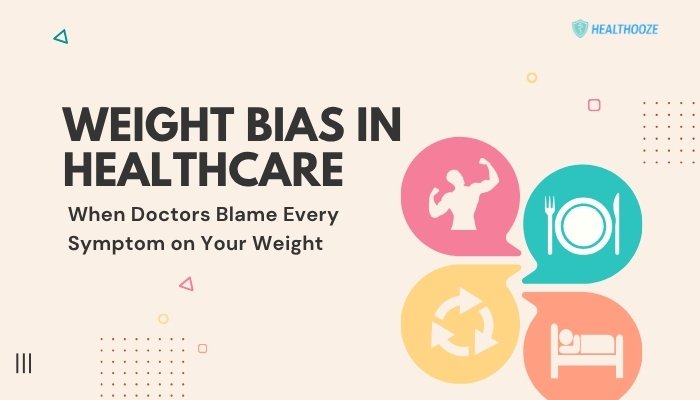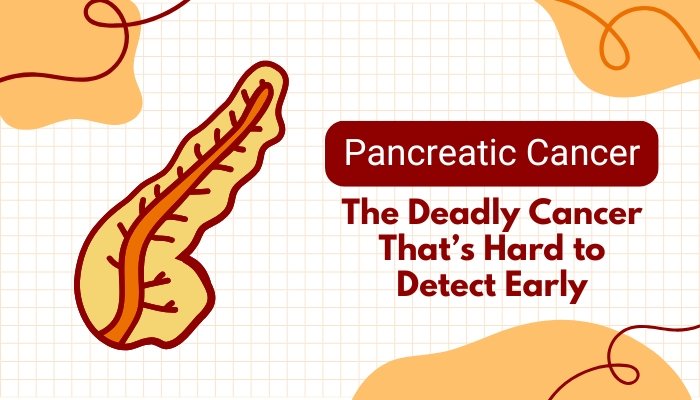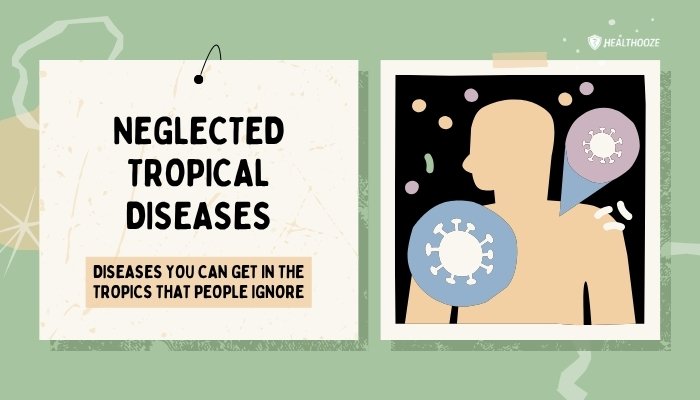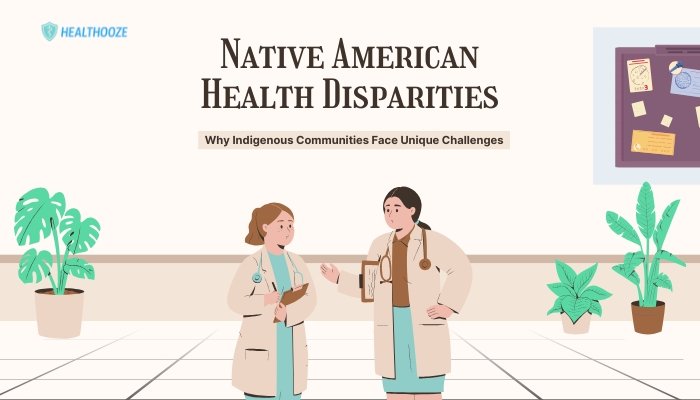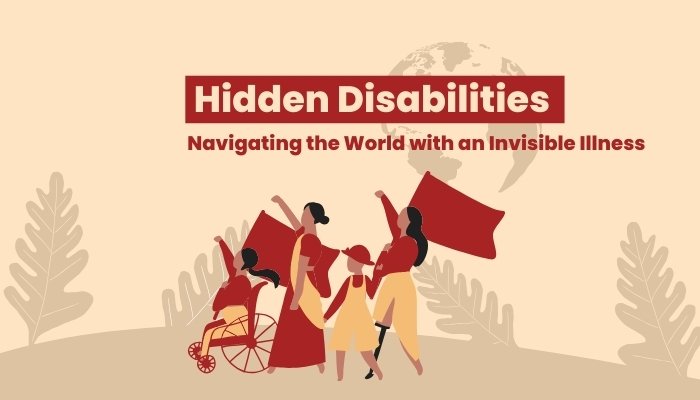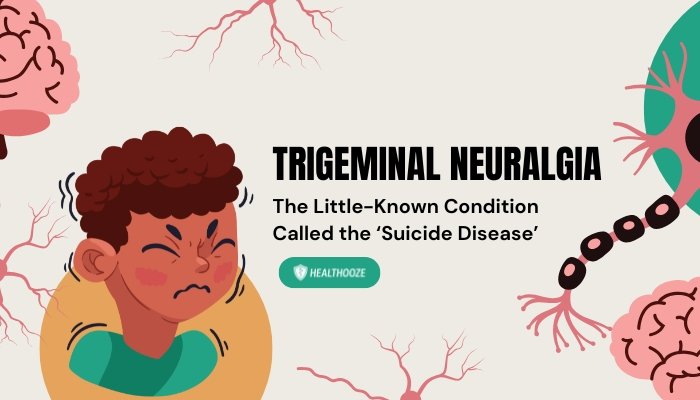Introduction
Weight bias in healthcare refers to the negative attitudes and stereotypes directed toward individuals with higher body weight by healthcare professionals. This bias often results in patients’ symptoms being automatically attributed to their weight, regardless of underlying causes. Although obesity is a recognized risk factor for many conditions, the tendency to assume weight as the root cause of every complaint can lead to misdiagnosis, delayed treatment, psychological harm, and loss of trust in medical systems.
How Weight Bias Manifests in Clinical Settings
- Assumptions About Lifestyle:
Patients with higher body weight are often presumed to overeat, exercise less, or lack discipline. This stereotype can overshadow an objective evaluation of symptoms. - Diagnostic Overshadowing:
“Diagnostic overshadowing” occurs when a clinician attributes symptoms to a known condition—in this case, weight—without adequately investigating other possible causes. For example, fatigue may be attributed to obesity rather than anemia, thyroid disease, or sleep apnea. - Dismissive Communication:
Patients frequently report feeling rushed or shamed in consultations. Phrases like “just lose weight” without a deeper evaluation reinforce stigma and discourage follow-up visits. - Limited Access to Care:
Some practices lack appropriate equipment such as wide blood-pressure cuffs, sturdy examination tables, or imaging machines accommodating larger bodies. This reinforces the perception of exclusion and can compromise care quality.
Consequences of Weight Bias
Delayed or Missed Diagnoses:
If chest pain, joint pain, or menstrual irregularities are assumed to be weight-related, clinicians may overlook heart disease, autoimmune conditions, or polycystic ovary syndrome. Studies show that patients with obesity are less likely to receive recommended screenings such as Pap smears and mammograms.
Psychological Distress:
Repeated experiences of stigma increase anxiety, depression, and eating disorders. Some patients delay or avoid healthcare altogether because of anticipated judgment, leading to worse health outcomes.
Erosion of Trust:
When patients feel unheard, they are less likely to adhere to treatment plans or return for follow-up. This worsens chronic disease management and fuels a vicious cycle of poor health and mistrust.
Why Bias Persists Among Healthcare Professionals
- Medical Training: Historically, medical curricula have emphasized weight loss as the primary intervention without focusing on weight-neutral approaches.
- Cultural Norms: Societal prejudice against larger bodies influences even well-meaning providers.
- Time Pressures: In short consultations, weight can appear to be a “one-size-fits-all” explanation, allowing quick (but superficial) advice.
Research in journals like Obesity Reviews and BMC Medical Ethics consistently shows that even physicians specializing in obesity medicine may hold implicit biases unless trained otherwise.
Evidence of Better Approaches
Several studies demonstrate that when clinicians adopt weight-neutral, health-focused models (such as “Health at Every Size” or “HAES”), patients show improvements in blood pressure, lipid profiles, and psychological well-being—often without significant weight loss. These models emphasize:
- Balanced nutrition without rigid dieting.
- Regular movement tailored to ability.
- Psychological support and self-acceptance.
This approach shifts the focus from weight alone to overall health behaviors and risk reduction.
Strategies for Patients to Navigate Weight Bias
- Prepare Documentation: Bring symptom logs, test results, and written questions to appointments to keep the conversation centered on your primary concerns.
- Use Clear Language: Politely but firmly state when a symptom may not be weight-related and request further evaluation (“Could there be another cause for this symptom?”).
- Seek Supportive Providers: Look for clinicians or clinics explicitly stating a weight-inclusive or HAES-aligned philosophy. Patient advocacy groups often maintain such directories.
- Bring an Advocate: Having a friend or family member present can help ensure your concerns are heard.
What Healthcare Systems and Providers Can Do
- Training and Awareness: Incorporate anti-bias modules in medical and nursing curricula, focusing on respectful communication and comprehensive evaluation.
- Infrastructure Improvements: Provide appropriate equipment and gowns for all body sizes to ensure dignity and accuracy of measurements.
- Language Matters: Replace stigmatizing terms (“morbidly obese,” “fat”) with neutral or patient-preferred language (“person with higher weight,” “BMI > x”).
- Individualized Care Plans: Address lifestyle factors as part of a broader health plan without assuming weight loss as the only solution.
The Role of Research and Policy
Organizations like the Obesity Action Coalition and World Health Organization call for systemic changes, including:
- Funding studies on the impact of weight bias on health outcomes.
- Enforcing non-discrimination policies in healthcare facilities.
- Promoting guidelines that encourage evidence-based, weight-inclusive care.
Such measures can shift the culture of medicine from weight-centered to patient-centered.
Conclusion
Weight bias in healthcare is a pervasive but often unacknowledged problem. When doctors blame every symptom on a patient’s weight, they risk misdiagnosis, delayed treatment, and erosion of trust. Addressing this bias requires change at multiple levels: improved medical training, better clinic infrastructure, adoption of weight-neutral care models, and patient empowerment. By focusing on health behaviors, risk factors, and respectful communication rather than weight alone, healthcare systems can improve outcomes for all patients—regardless of body size.
References:
- Puhl RM, Heuer CA. “The stigma of obesity: a review and update.” Obesity 2009;17(5):941-964.
- Tomiyama AJ et al. “Weight bias in healthcare: a call to action.” Obesity Reviews 2018;19(4):1-13.
- Mensinger JL et al. “Eating disorder symptoms and weight stigma exposure in diverse weight groups.” Journal of Psychosomatic Research 2016;85:32-39.
- World Health Organization. “Weight bias and discrimination.” WHO Policy Brief 2022.
- Tylka TL et al. “The Weight-Inclusive vs. Weight-Normative Approach to Healthcare.” Journal of Obesity 2014;2014:983495.

